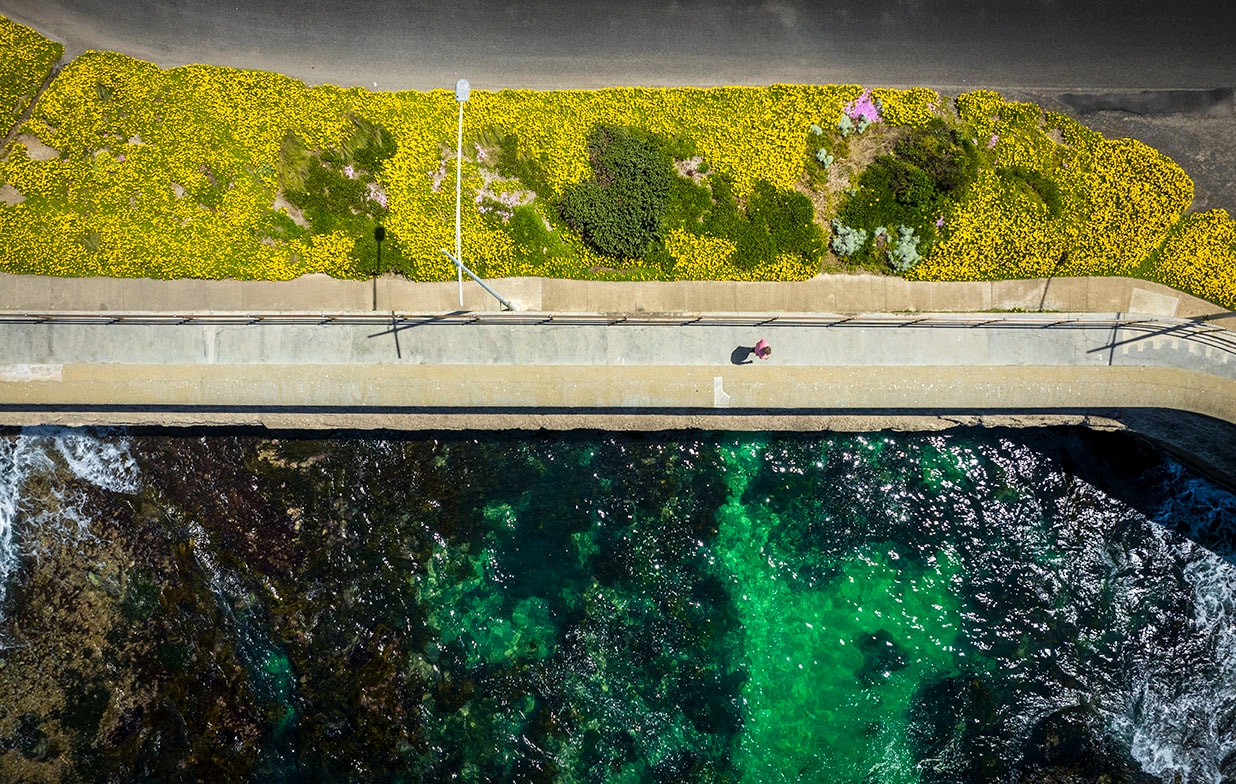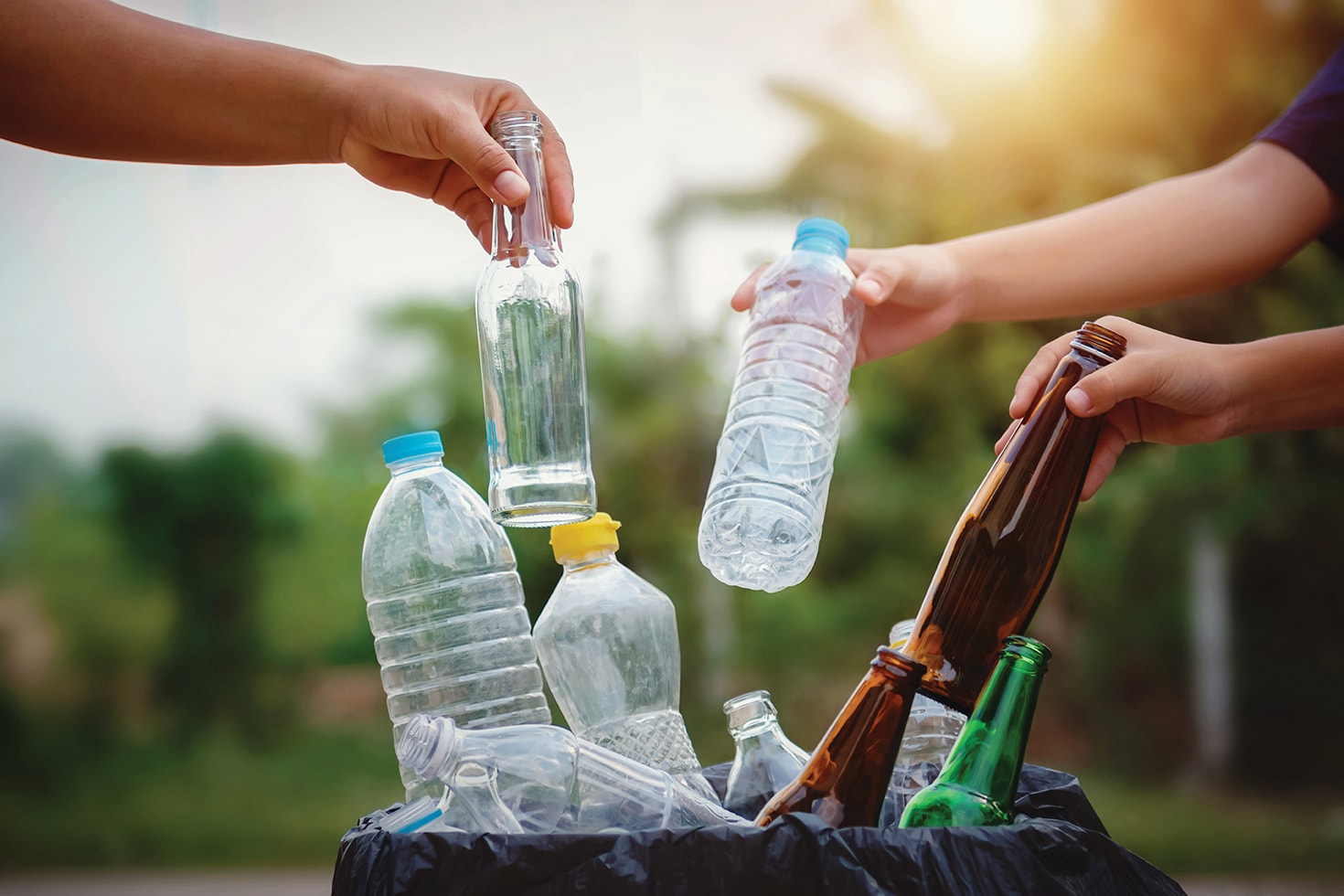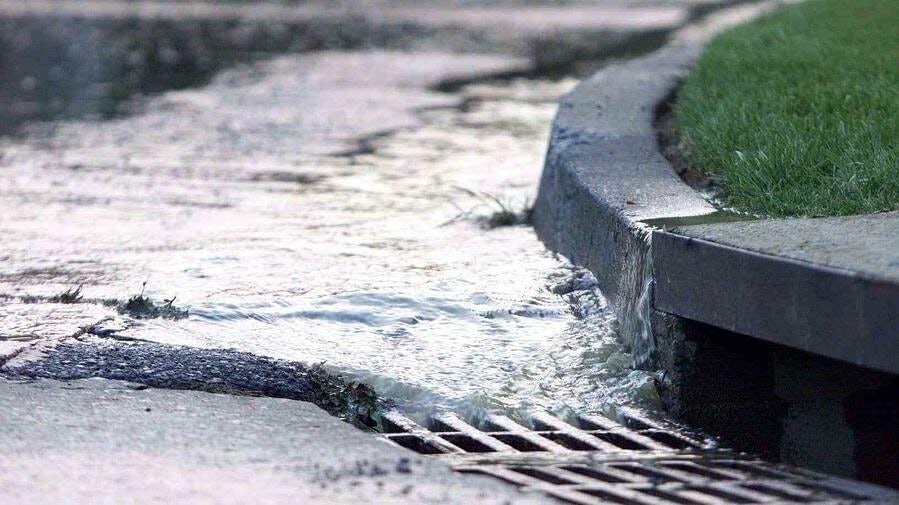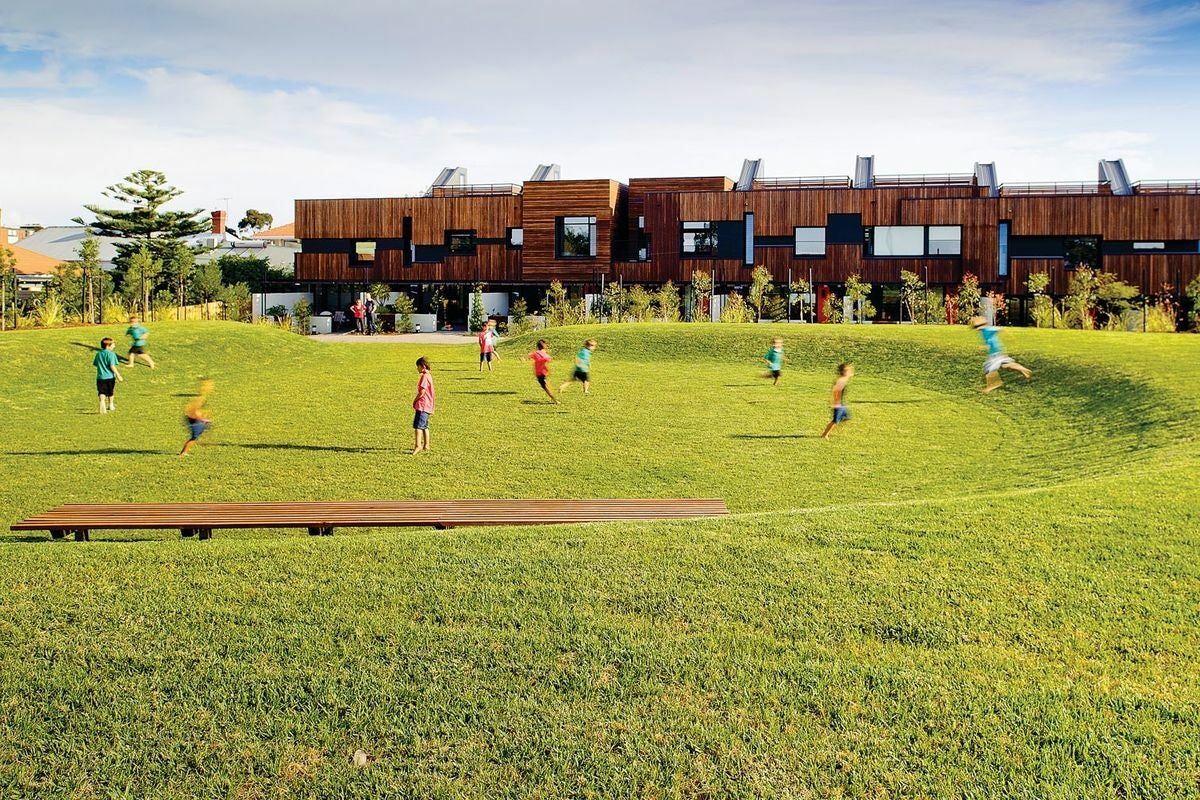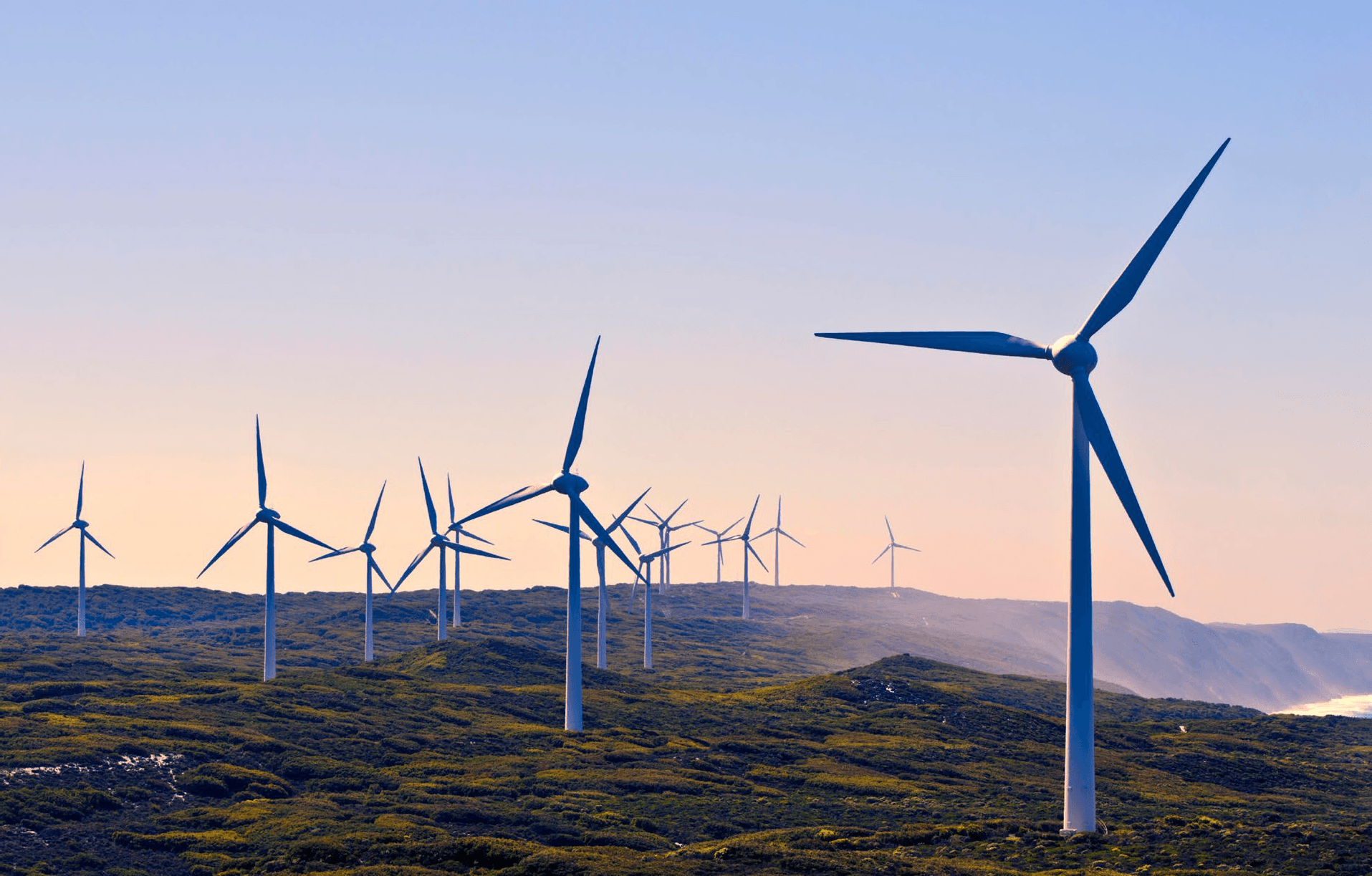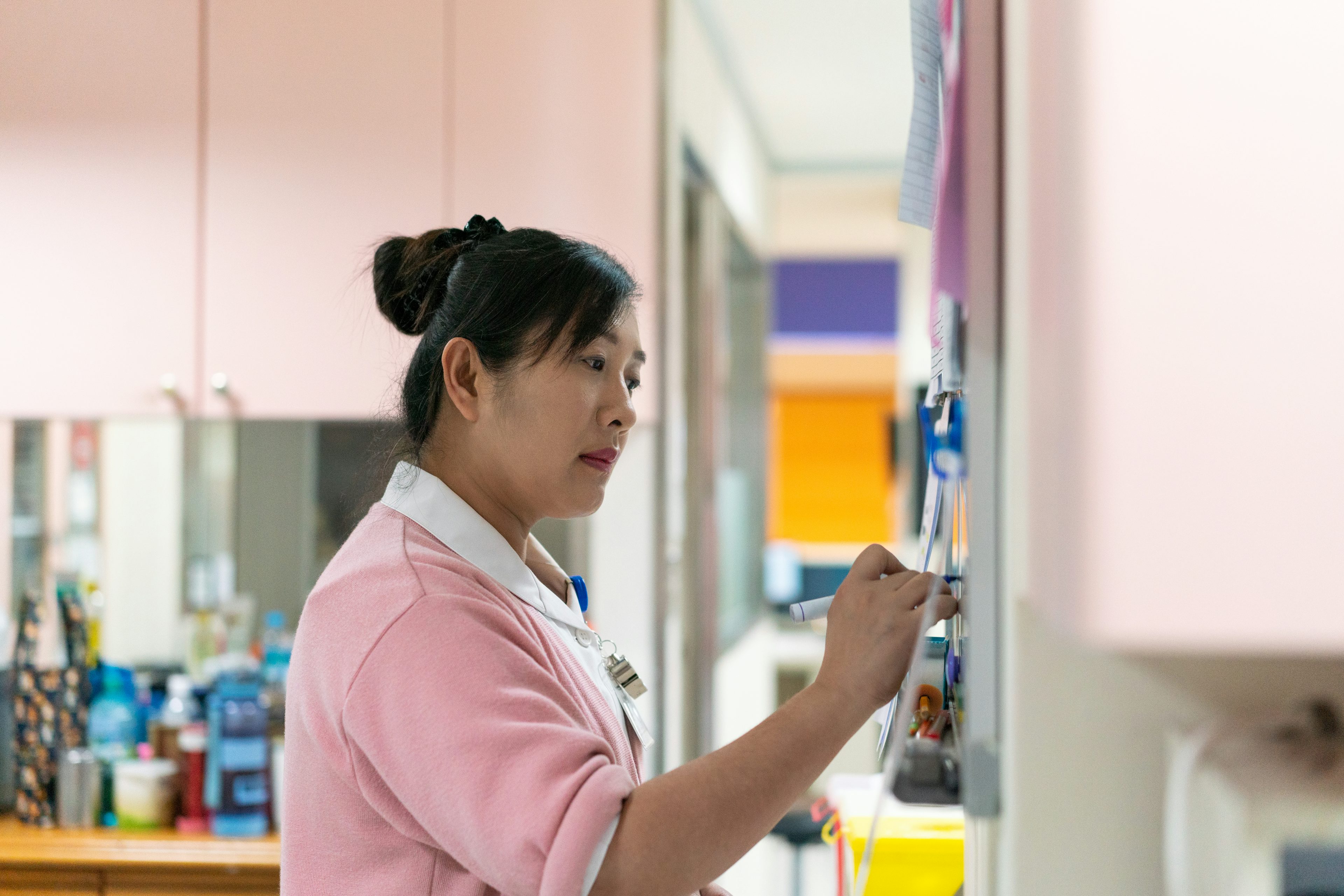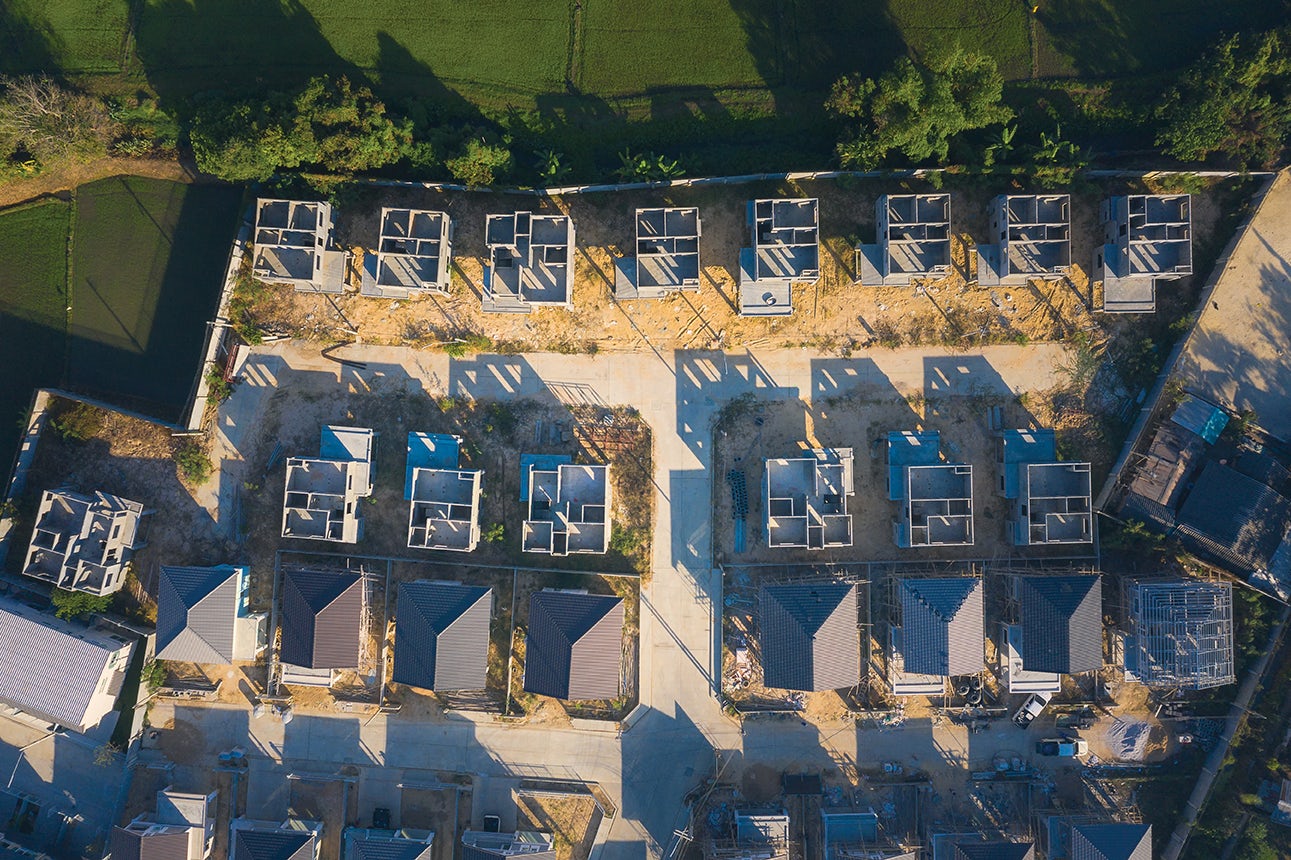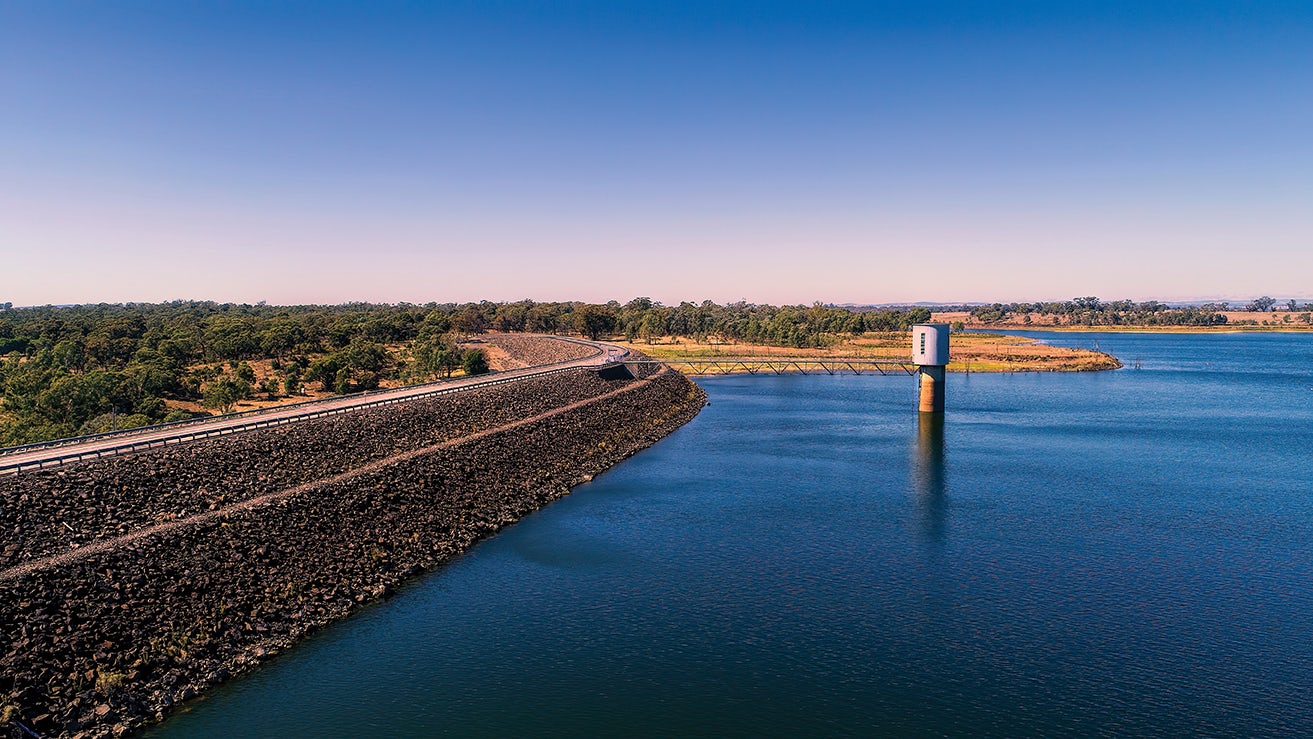Circular economy
For Victoria to move to a circular economy, we need to slash reduce waste and recycle more. Infrastructure Victoria’s work show that better planning and strong price signals can cut landfill and boost recycling investment.
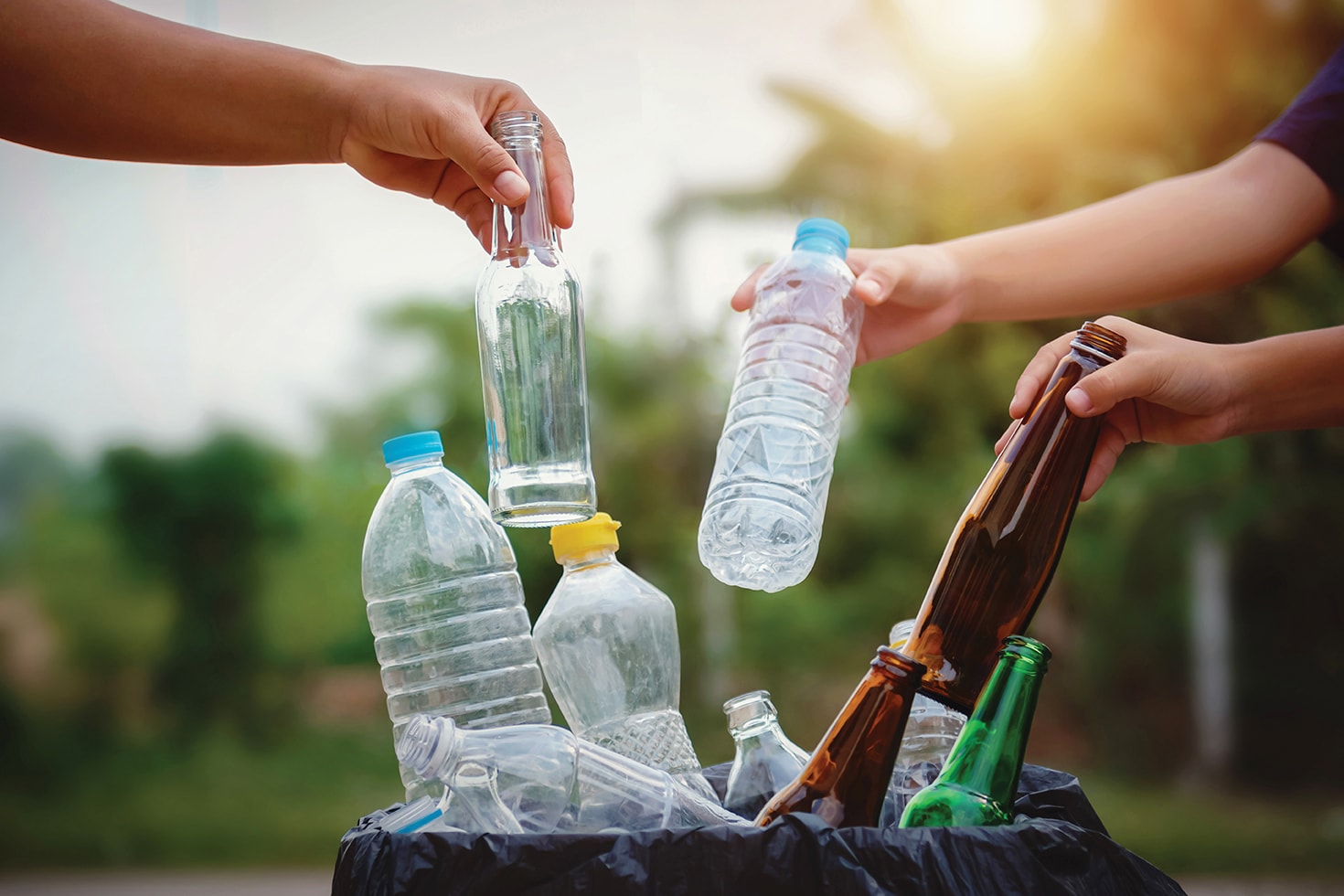
Challenges
Waste is growing
Victorians produced 14.2 million tonnes of waste in 2023–24 and a third went to landfill. Waste could exceed 200 million tonnes a year by 2045. Landfills are filling up fast and will reach capacity around 2039. Some may fill in the next 5 years. Methane from landfills makes up 97% of emissions from solid waste. E-waste is rising and the shift to clean energy adds spent batteries, solar panels and wind turbines.
Planning new facilities is difficult
Communities often resist new recycling and waste sites. They worry about noise, odour, dust and health issues. This is more so when facilities are not well managed. Sites must be away from homes, schools and hospitals, yet long travel distances drive up costs. A buffer overlay exists in the Victorian planning scheme but is rarely used for waste facilities. Statewide planning can place sites near materials and avoid unfair impacts.
Recycling has stalled and investment certainty is weak
Recycling rates have barely changed in a decade. Victoria is not on track to divert 80% of waste from landfill by 2030. Victoria is lacking clear future landfill levy to put a price on waste. Without certainty, investment in recycling, waste-to-energy and advanced recovery facilities may not be commercially viable.
